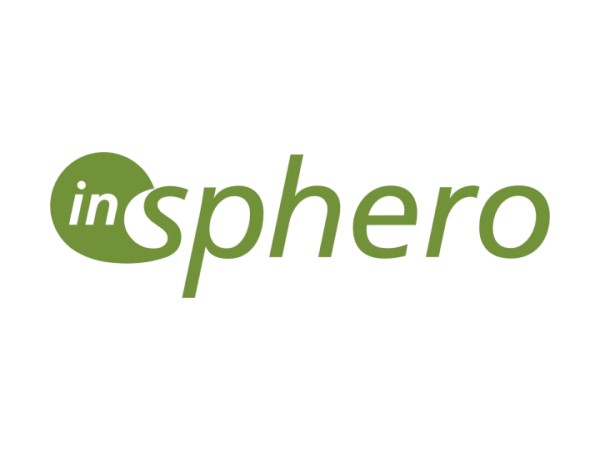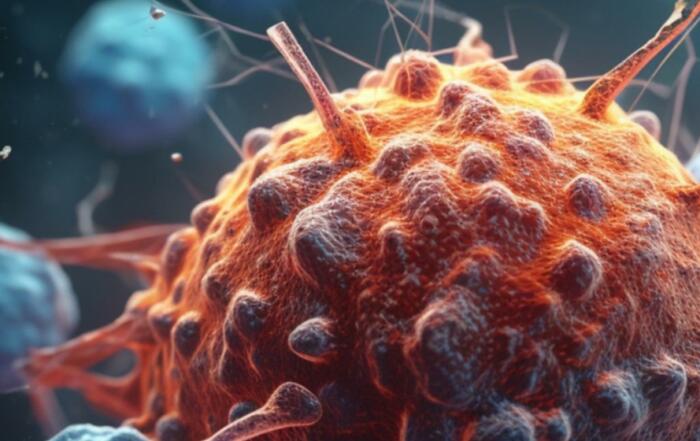Dr. Anna Borgström and Dr. Frauke Greve present the latest advancements in hepatic safety assessment using 3D liver spheroids.
Drug induced liver injury (DILI) presents a significant challenge for the pharmaceutical industry and regulatory authorities during preclinical and clinical phases, and in the post-marketing stage of a drug’s life cycle. Using animal and 2D models to predict human DILI has known issues as they lack full physiological relevance. The need for better predictive drug development tools is obvious, particularly in light of the rapid growth of, and increasing interest in advanced new therapeutic modalities.
In this webinar, Dr. Anna Borgström (Senior Scientist, Liver Safety, InSphero) presents the latest advancements in the hepatic safety assessment of drugs using human 3D liver spheroids – stable primary cell-based systems that accurately model the human liver in vitro. In the second part of the session, Dr. Frauke Greve (Senior Product Manager, Cell-culture technologies, InSphero) addresses the key technologies that brought the DILI model to industry application – backing up biological relevance with reproducible and scalable 3D cell culture systems.
Key Topics Include:
- How 2D cell cultures compare with human-derived 3D cell cultures to predict hepatotoxicity and human DILI
- Advantages and physiological relevance of human-derived liver spheroids
- How to integrate a biologically relevant 3D model in an automated and reproducible workflow
Click to watch the webinar recording. To view the presentation full screen simply click the square icon located in the bottom-right corner of the video viewer.
Resources
Presenters
Senior Scientist
Liver Safety
InSphero
Senior Product Manager
Cell-Culture Technologies
InSphero










